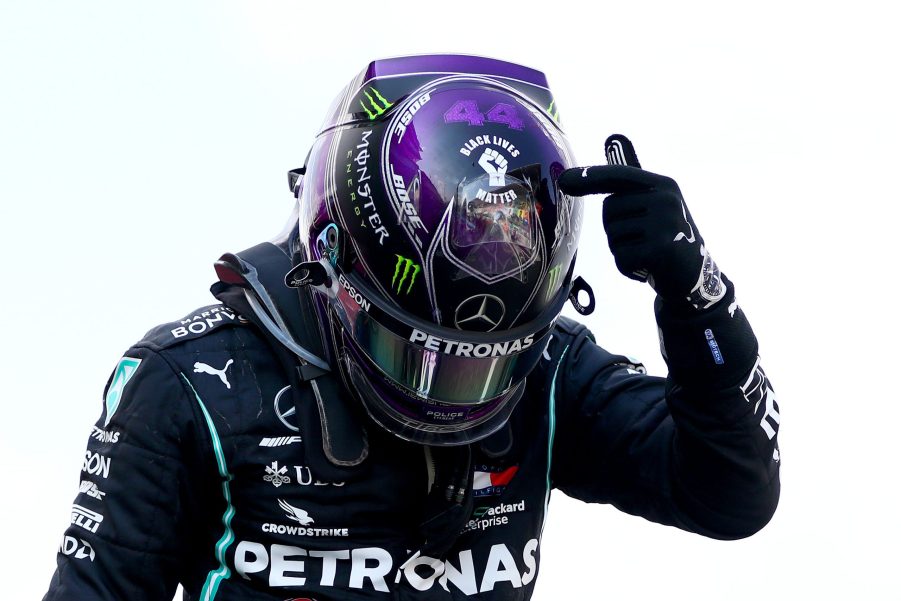
Which Type of Auto Racing Helmet Should I Buy?
If you ever plan to take your car on a track, whether it be an autocross event, a high-performance driving experience, or even a demolition derby, you’re going to need a helmet. After all, your head is a pretty important part of your body, so you should protect it at all costs. But there are so many different auto racing helmet options on the market, so which one should you buy?
There are different types of helmets
First things first, there are different types of helmets currently in the market, but to narrow down your options you can first decide if you want an open-face helmet or a closed-face one. Driver 61 notes that the main benefit of an open-face helmet is that you can talk and hear more clearly with the helmet on, but visibility is increased as well.
However, if you don’t really care that much about visibility or being able to talk at a normal level, then the closed-face helmet could be the better option. With a closed-face, or full-face, helmet, you’ll have more protection for your head, but you could lose some peripheral visibility.

Make sure that it is Snell approved
If you plan on participating in any track events, then you will likely have your helmet inspected before going on the track. In that case, the officials will be checking to ensure that your helmet is Snell approved. Snell testing is done every five years and most auto racing helmets will currently have an “SA2020” rating. If you end up buying a used helmet and come across any helmets with an “SA2015” rating, then it is still within the allotted time period according to Typhoon Helmets.
Price ranges for helmets
When you start looking up the different types of racing. helmets, you will notice that there are a variety of price points. As Winding Road noted, when it comes to helmets, you get what you pay for.
If your budget for a helmet is $400 or less, you can still find one that has the proper certification, some air vents, a lightweight construction, and even anchors for a HANS device, but the materials that it’s constructed with might not be top quality compared to some of the more expensive helmets.

Increasing your budget to the $700 to $1,500 range will open up your options to more high-level helmets with better ventilation and more comfort. The helmets at this level will also have upgraded safety technology and will be constructed out of more premium, lightweight materials for more comfort and less driver fatigue.
If money isn’t a worry for you, then you can shop in the $1,800 and above range for a helmet. At this price point, you can expect a state-of-the-art helmet construct mostly out of carbon fiber for added strength and even lighter weight. These helmets typically come with anti-fog visors and have better options for communications technology in addition to better sound insulation.

Believe it or not, there are even more expensive helmets than that. If you want a completely customized helmet, then you can expect to pay around $4,000 and up. At that level, you’ll most likely be working with someone to design the helmet to your specifications.

They call it a “brain bucket” for a reason
No matter what kind of racing or on-track driving experience that you’re looking to get into, there is a helmet for you. It really just depends on your price point and what you need in a helmet, however, just remember not to skimp out on the price too much. A helmet protects your head, which is the most important part of your body. After all, they call it a “brain bucket” for a reason.



